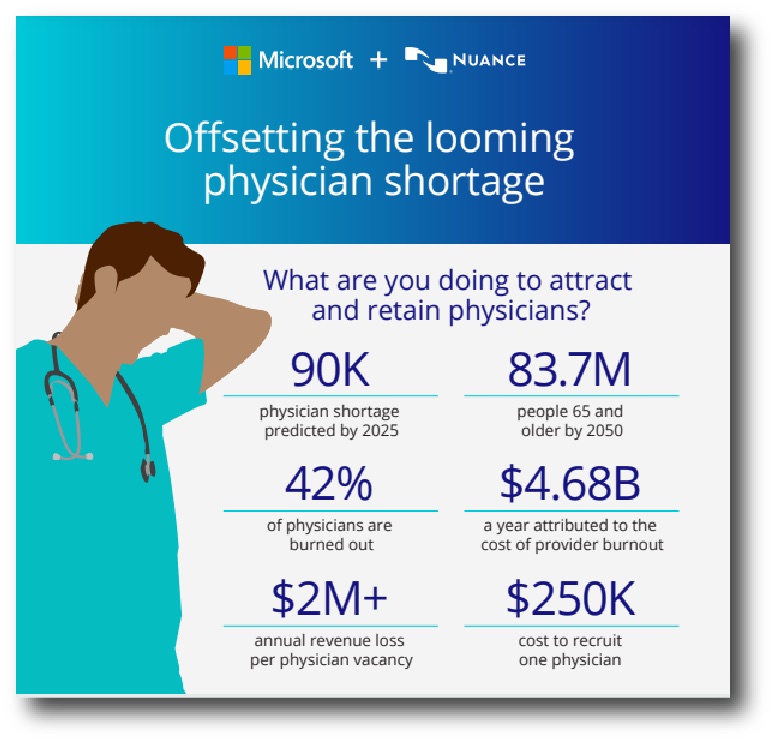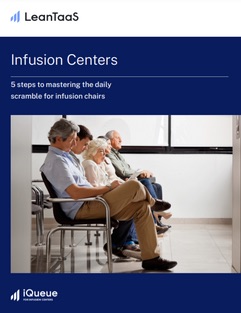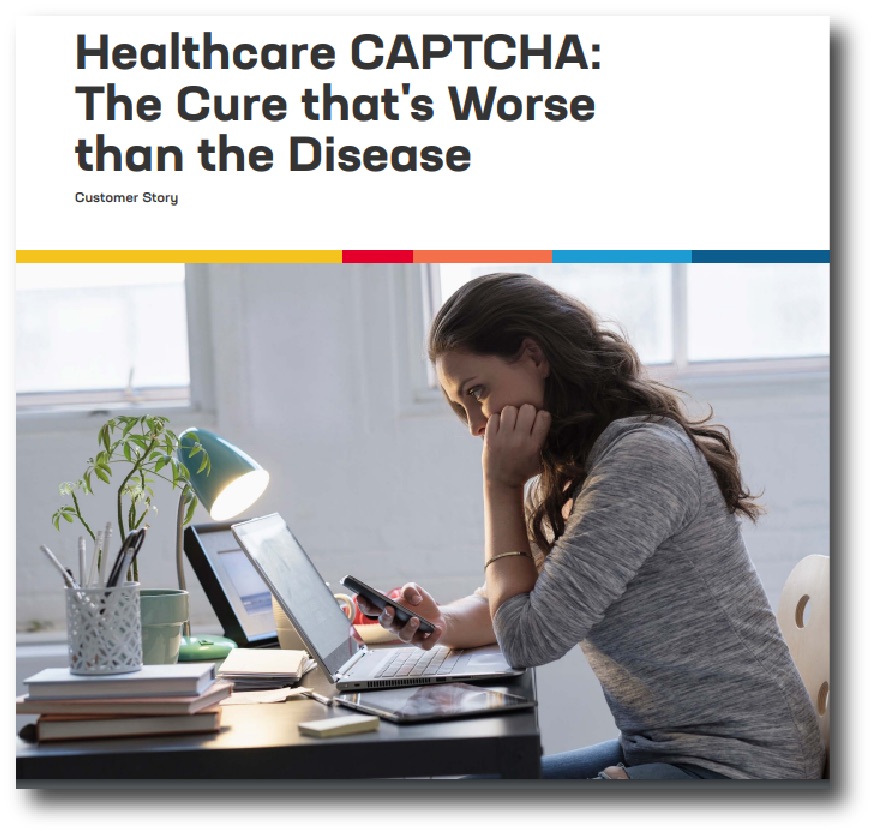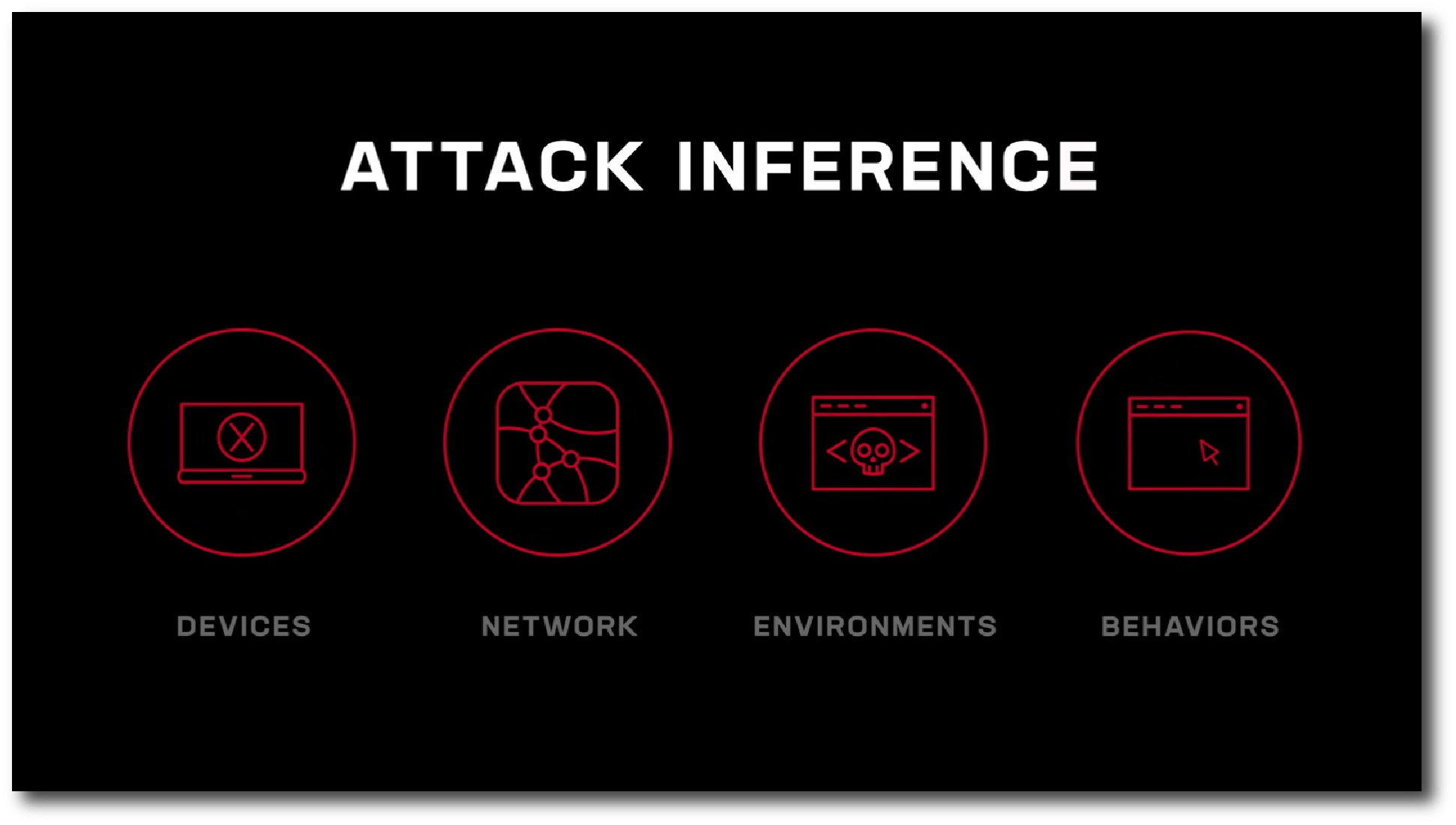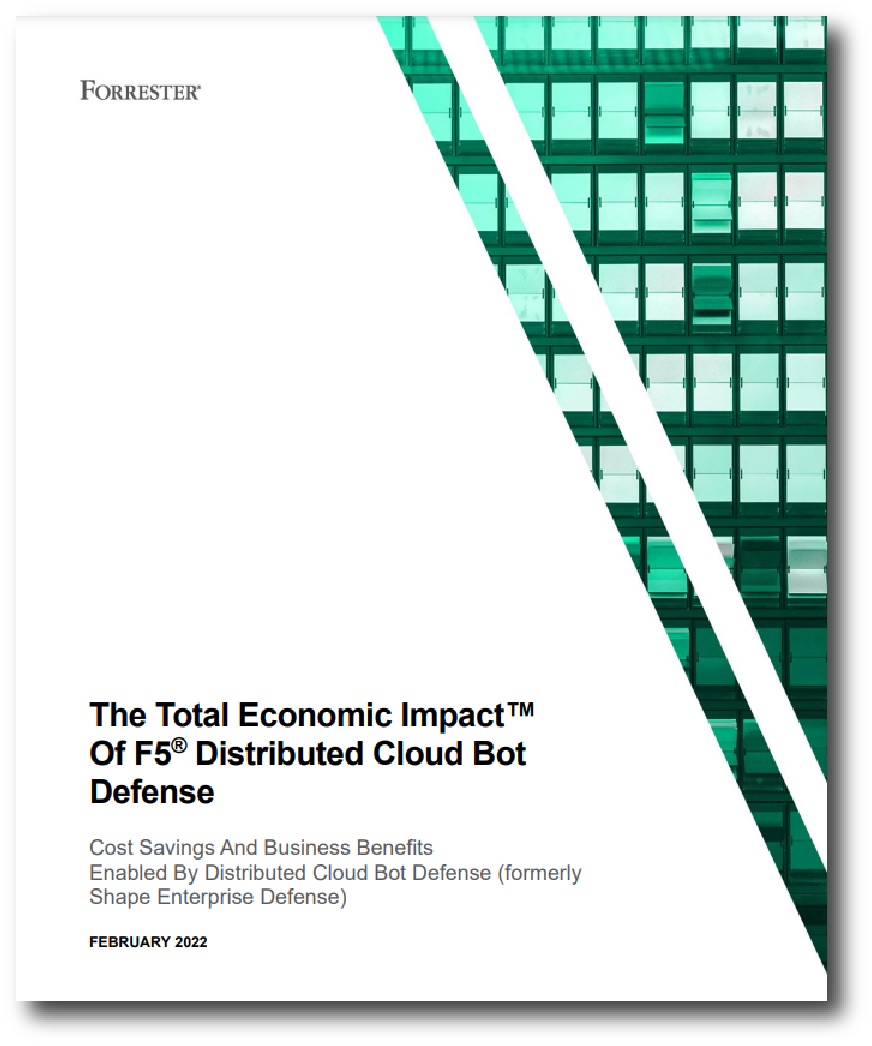Cloud Computing
Provider burnout has become a $4.6 billion a year problem, resulting in patient and provider churn and a growing physician shortage due to those leaving the profession. Reducing the time that physicians spend documenting patient visits can help decrease fatigue and burnout, as well as allow physicians more time to spend with patients.
Today’s physicians face some unique challenges. Patients are increasingly seeing reduced engagement from physicians who are often rushed and distracted during visits because of the documentation burden, leading to 71% of surveyed patients feeling “frustrated” with their healthcare experience. And with the added frustrations of stressful platform toggling in the shift to telehealth and reimbursements denied due to inaccurate or insufficient documentation, 64% of U.S. physicians say the pandemic has intensified their sense of burnout.
Using their mobile device, physicians unobtrusively record their visits, streaming their speech to the Nuance AI platform, where it gets translated into a clinical node and goes through a quality review process to ensure accuracy before being entered into the EHR. The physician then simply has to review and sign off on the notes, saving time and reducing physician fatigue and burnout.
Scribe programs started with the idea of reducing the data-entry burden on physicians, but high turnover and lack of industry standards and certification for scribes can lead to inconsistent documentation quality and an additional training burden on the physician.
With pandemic-related stress exacerbated by ever-increasing administrative workloads, physician burnout is at an all-time high. How can healthcare organizations help reduce providers’ feelings of burnout and improve the patient experience?
With the annual revenue loss of one physician vacancy estimated at more than $2 million – and the cost to recruit replacements estimated at $250,000 each – losses of $4.68 billion per year can be attributed to physician burnout.
Healthcare organizations are profitable targets for cybercriminals because of the vast amounts of personal health information (PHI) they store for members. The challenge lies in balancing the need for improving patients’ digital experiences with the importance of having appropriate security measures in place to prevent healthcare fraud and identity theft.
A large health insurance company introduced an innovative Health Rewards program that gamified good health behavior with reward points for gift cards. Unfortunately, the CAPTCHAs added to the site’s login page were no match for automated credential-stuffing cyberattacks that breached thousands of customer accounts and fraudulently redeemed reward points in a gift-card cracking attack.
Credential stuffing, or using stolen username and password pairs to gain access to user accounts, can lead to data breaches, account takeover and expensive fraud.
F5 Distributed Cloud Bot Defense provides near real-time monitoring and intelligence that protects firms from both human and bot-driven fraud before they can impact their businesses, all without disrupting the customer experience.





